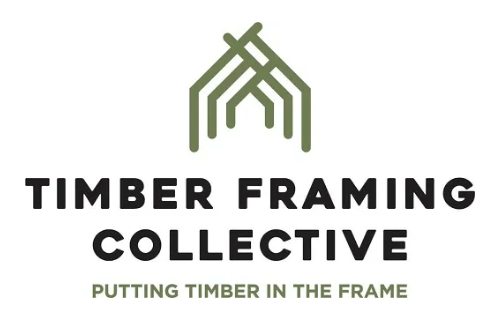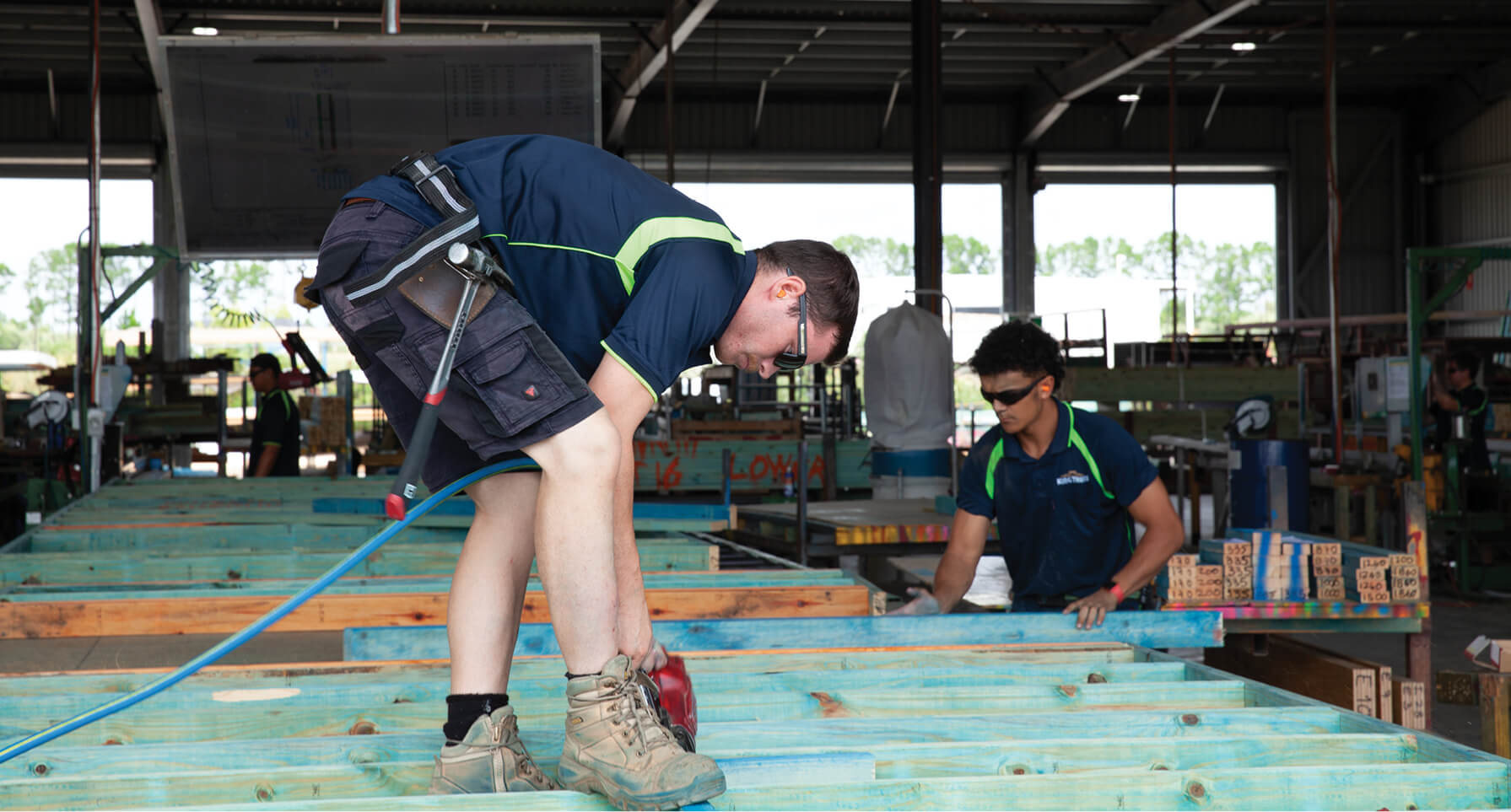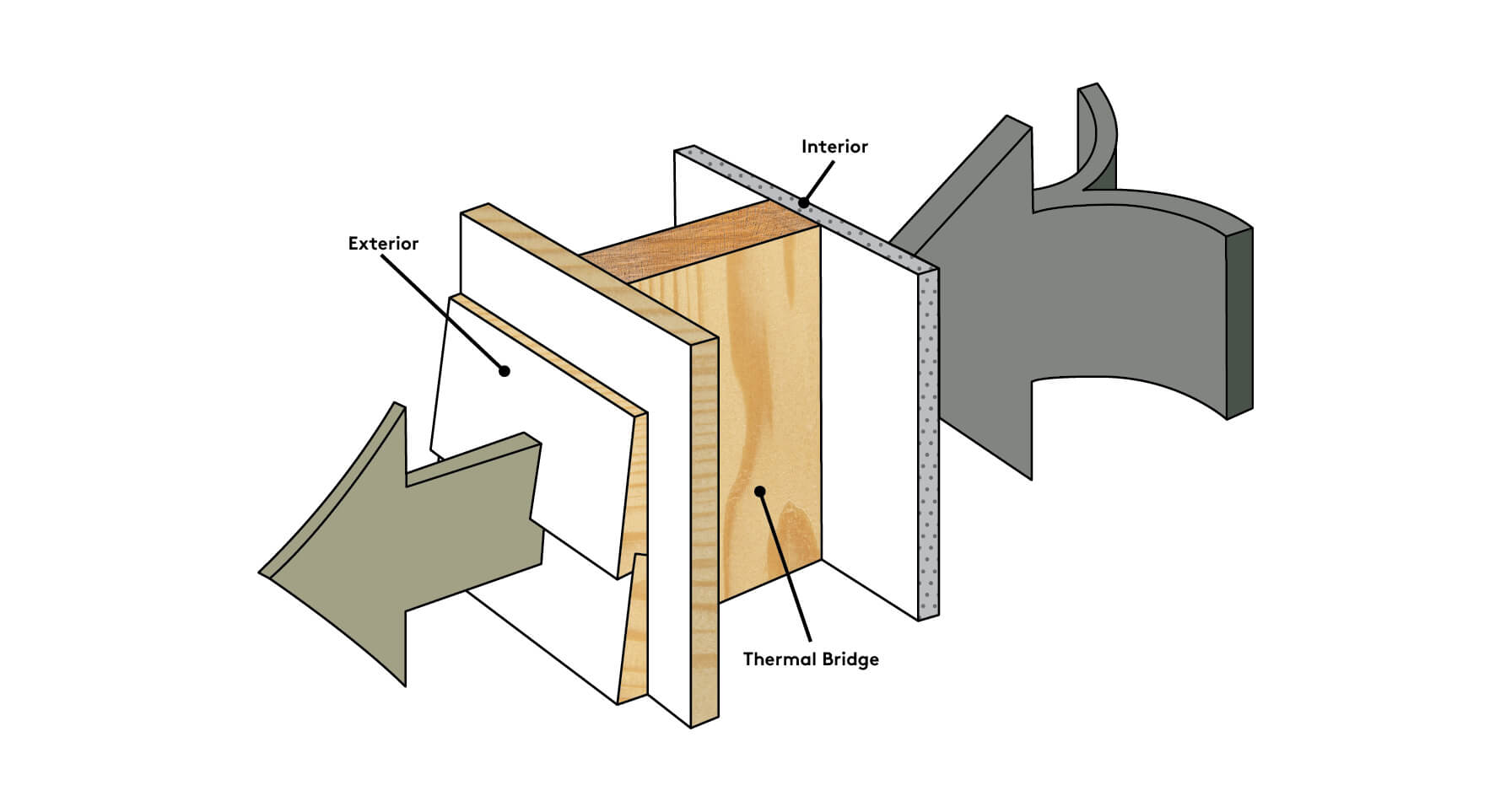
This piece was written and provided by the Timber Framing Collective.
Many of the things we buy are classified with star ratings, from fridges to even our most expensive investments – like our homes. A home’s energy star rating is judged using tools like The Nationwide House Energy Rating Scheme (NatHERS) alongside the mandatory energy efficiency requirements set out in the National Construction Code (NCC).
NatHERs uses software based on scientific research by the CSIRO. It analyses house plans to identify how much energy will be needed for heating and cooling to determine a home’s energy star rating. The more stars a home has, the more can potentially be saved on energy bills, the higher the home’s potential resale value, and of course by reducing energy needs there’s a benefit to the environment (Dept. Industry, Science and Resources, 2017).
Builders use NatHERs to show new homes or renovations meet minimum energy requirements. In 2022 the NCC updated requirements, and now states all new home building shells must have a minimum energy efficiency of 7-stars (TimberTrader News, 2022).

This is a big deal, as in 2019 research from RMIT revealed that 80% of new housing in Australia was only built to the minimum standard (at the time 6-stars), and less than 1.5% were built to the optimal environmental and economic performance of 7.5-stars (RMIT, 2019).
This is where timber framing comes in.
In timber framed homes actual energy performance is often higher than when using other materials. Many builders have reported that by using timber framing, they have been able to achieve home energy star ratings above 7.5-stars. Additionally, market leaders and many informed homeowners are already reportedly aiming for homes that are 8-stars and above (Sustainability Victoria, 2023).
Studies by the CSIRO and Forest & Wood Products Australia (FWPA) both found that when assessing building materials for thermal bridging, timber framing conducts heat at a much lower rate, and that steel frames required greater insulation to perform on par (FWPA, 2021).
Thermal bridges give heat an easy pathway to escape, reducing the effectiveness of insulation and a building’s energy star rating. In an airtight and insulated home, thermal bridges can account for heat loss of 20- 30%. This directly impacts star ratings generated by NatHERS (Carbon Futures, 2022).

While thermal bridging occurs in both timber and steel frames, timber framing conducts heat at a much lower rate, adding resistance to heat loss from a home.
The CSIRO found that thermal bridging can decrease a building’s energy rating by:
– Up to 0.4 stars for a timber framed home
– Up to 0.9 stars for metal framed designs with a thermal barrier
– Up to 1.2 stars for metal framed designs without thermal barriers.
When comparing building materials and planning for higher energy star ratings for our homes, it’s clear timber framing is the natural choice.
Carbon Futures. (2022). Thermal Bridging Calculations. Retrieved here.
Dept. Industry, Science and Resources. (2017). Explaining NatHERS. Retrieved here.
FWPA. (2021). Timber Framed Residential Housing: Thermal Bridging & The path to 7 Star NatHERS. Retrieved here.
RMIT. (2019). Australia is still building 4 in 5 houses to no more than the minimum energy standard. Retrieved here.
Sustainability Victoria. (2023). Seeing 7-stars: new home energy efficiency standards explained. Retrieved here.
TimberTrader News. (2021). Proposed NCC Changes. Retrieved here.
Our Principal Partners



